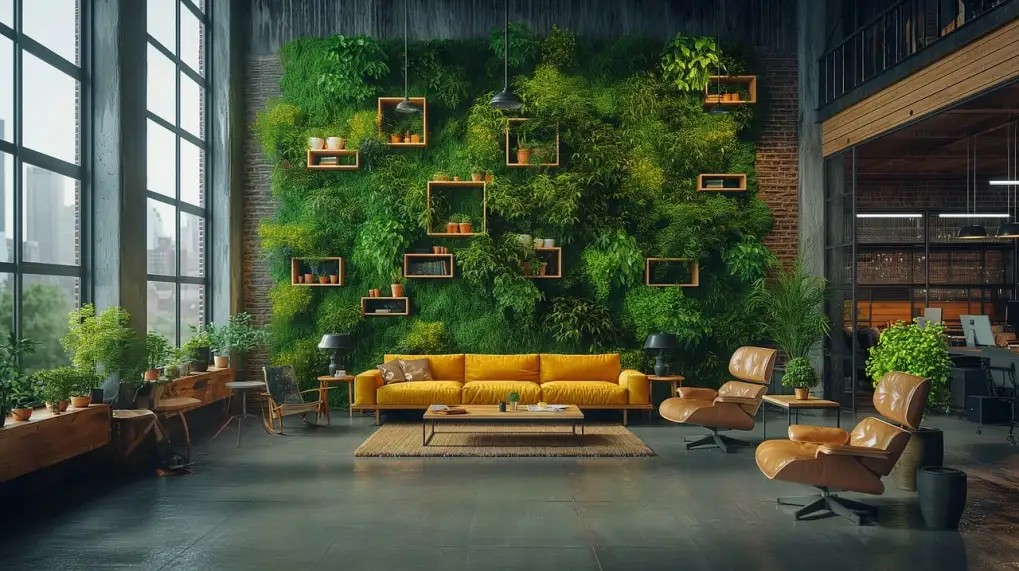In an era where sustainability has become crucial, green home construction techniques are not just a trend but a necessity. These methods prioritize energy efficiency, resource conservation, and environmental harmony, ensuring homes are not only eco-friendly but also cost-effective in the long run.
What Are Green Home Construction Techniques?
Green home construction techniques involve building methods and materials designed to reduce a home’s environmental footprint. From using renewable resources to adopting energy-efficient designs, these techniques aim to create sustainable living spaces.
Why Choose Green Home Construction Techniques?
- Environmental Benefits
Building green reduces carbon emissions, preserves natural resources, and promotes biodiversity. - Cost Savings
Green homes often lower utility bills through energy efficiency and water conservation. - Improved Indoor Quality
Materials used in green construction minimize toxins, improving air quality. - Future-Proof Investment
Green homes have higher resale values as demand for sustainable living spaces grows.
Key Green Home Construction Techniques
1. Energy-Efficient Insulation
Proper insulation is a cornerstone of green home construction. Materials like recycled denim, sheep’s wool, and cellulose ensure effective thermal performance while reducing environmental impact.
Benefits:
- Lower energy consumption.
- Improved indoor comfort.
2. Solar Energy Integration
Incorporating solar panels into a home’s design generates renewable energy, reducing reliance on fossil fuels.
Pro Tips:
- Position panels to maximize sunlight exposure.
- Use energy storage systems for nighttime usage.
3. Water Conservation Systems
Installing rainwater harvesting systems and low-flow fixtures minimizes water wastage. Greywater recycling systems further enhance water efficiency.
4. Sustainable Building Materials
Choose materials with low environmental impacts, such as bamboo, reclaimed wood, and recycled steel.
Advantages:
- Durability and reduced waste.
- Aesthetic appeal with natural materials.
5. Passive Solar Design
Design homes to take advantage of natural sunlight and ventilation. This technique reduces energy consumption for lighting and heating.
6. Smart Home Technologies
Smart thermostats, energy-efficient lighting, and home automation systems enhance energy management.
Why It’s Important:
- Reduces unnecessary energy usage.
- Offers convenience and control.
How to Implement Green Home Construction Techniques
Step 1: Planning and Design
Work with architects who specialize in sustainable designs. Ensure your plans incorporate energy-efficient layouts and renewable energy systems.
Step 2: Choosing the Right Materials
Select materials certified for sustainability. Look for labels like FSC (Forest Stewardship Council) or Cradle to Cradle certification.
Step 3: Partnering with Experts
Hire contractors experienced in green construction. Their expertise ensures adherence to eco-friendly practices.
Step 4: Incorporating Green Landscaping
Plant native species to reduce water usage and maintain biodiversity.
Green Home Construction Techniques in Action
Case Study: The Smith Family’s Eco-Friendly Haven
The Smiths transformed their suburban lot into a green home by using recycled wood, installing solar panels, and adopting passive design principles. The result? An 80% reduction in utility costs and a healthier living environment.
FAQs About Green Home Construction Techniques
1. What is the cost of green home construction?
While the upfront cost may be 10-20% higher than traditional methods, long-term savings on utilities and maintenance make it a wise investment.
2. Are green homes durable?
Yes, green homes often use high-quality, durable materials, ensuring longevity.
3. Can I retrofit my existing home with green techniques?
Absolutely! Adding solar panels, upgrading insulation, and installing water-efficient systems are great starting points.
4. Do green homes qualify for tax incentives?
Many governments offer tax credits and incentives for green construction projects. Check your local policies.
5. How do I find contractors specializing in green construction?
Look for certifications like LEED (Leadership in Energy and Environmental Design) or ask for portfolios showcasing sustainable projects.
The Future of Green Home Construction
Green home construction techniques are shaping the future of the housing industry. As technology evolves and awareness grows, sustainable practices will become the norm rather than the exception. Embracing these techniques is not just a choice but a responsibility toward the planet.
Ready to Build Your Green Home?
Explore the endless possibilities of green home construction techniques and take a step toward a sustainable lifestyle today!
